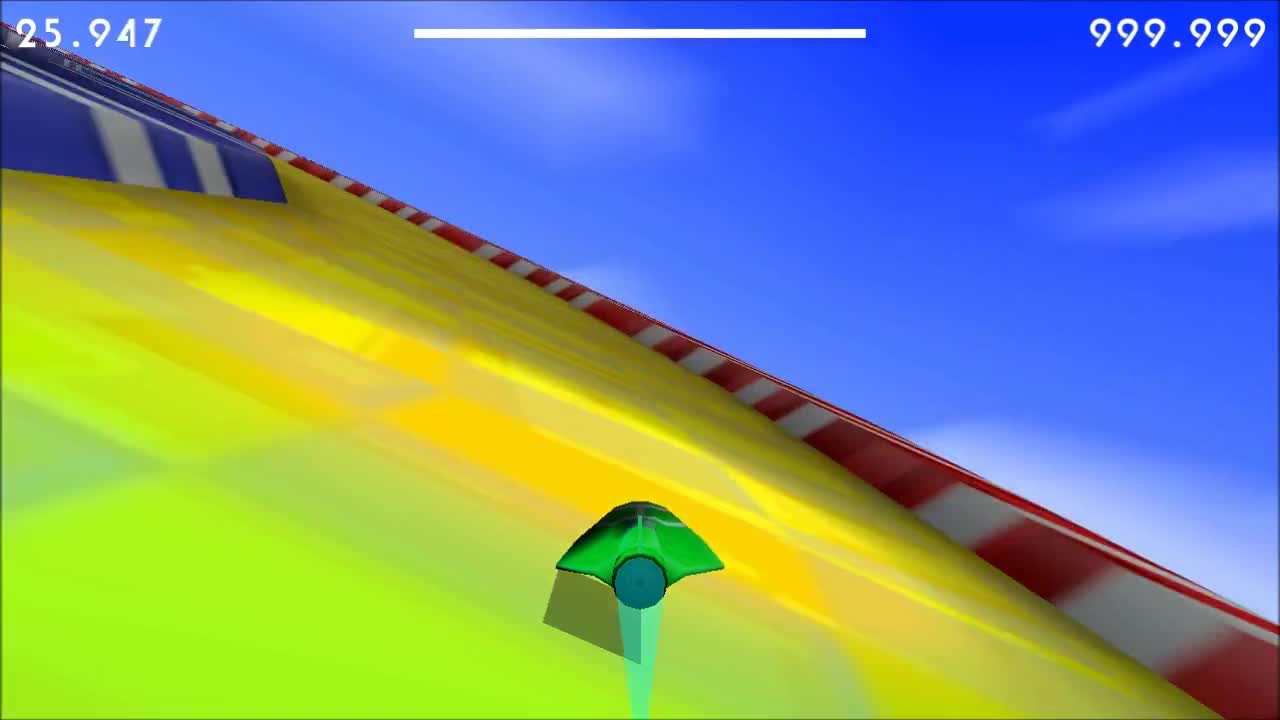
"Aircar certification opens the door for mass production of very efficient flying cars," said Stefan Klein, the vehicle’s creator. Klein Vision is also working on a more powerful prototype with a larger 300hp engine, an estimated top speed of 297kph and a range of around 1,000km. It's driven by a BMW-built 1.6-litre petrol engine and has completed over 200 take-off and landing manoeuvres with 70 hours of flight testing. The company said it's a result of “pioneering enthusiasm, innovative spirit and courage” as well as "excellent engineering and personal knowledge”.

“We believe when everyone has access to personal flight, a new, limitless world of opportunity will open up to them.

“Our mission is to make the dream of personal flight a reality,” the Kitty Hawk website reads. Uber has signed deals with five aerospace companies to produce an all-electric vertical take-off and landing vehicle for short flights, while Dubai plans to use the Ehang 184 for a drone taxi service starting July. This is an area that’s seen increased interest over the past year. Page’s Kitty Hawk appears more geared toward personal transportation. “New airship technologies have the promise to reduce the cost of moving things per ton-mile by up to an order of magnitude,” Weston said in a 2013 interview, claiming that an airship could lift up to 500 tons with better fuel efficiency than a truck. Alan Weston, NASA Ames’ former director of programs, is reportedly leading Brin’s airship project, and his previous comments reveal why Brin may have an interest in airships. That leads to the question of why Brin and Page think their projects could hold promise where Calcifer did not. Unfortunately, although the team proved the ship was technically feasible, the cost of prototyping and lack of applications with a big enough impact led to its demise. It would reduce freight costs for countries with lacking infrastructure. Calcifer, which Alphabet’s experimentation facility X worked on in 2014, was going to be a lighter-than-air ship. These aren’t the first flying machine projects the pair have been tied to. The final version is expected to be available later this year:
#Google hover car license#
The company claims that the aircraft, which does not require a license to operate, takes a matter of minutes to learn. The first prototype is an all-electric vehicle that’s legal to operate in the United States in decongested areas. Page started funding the second startup, Kitty Hawk, in 2015. The company has yet to publicly demonstrate any prototypes, but its website shows the company is advertising for jobs. Zee.Aero, which Page started funding in 2010, filed a patent in 2013 for a flying car with eight propellers that could take up just a single parking spot. In June last year, it emerged that he was funding two startups aimed at developing a flying car. Page, the CEO of Alphabet and a close friend of Brin’s, has been rather more upfront about his vision. It is unclear whether Brin, who serves as president of Google parent company Alphabet, intends the zeppelin-shaped craft to serve as part of a full-fledged business. Planetary Ventures, a Google-owned company, signed a lease with NASA in 2014 to the hangars at NASA Ames. Sources speaking to Bloomberg claim that Brin decided three years ago to start building his own airship, after a long-held fascination with the machines. But while the pair’s plans sound spectacular, they’ll need to express caution: they have links to another flying machine project that failed to take off.


On Wednesday, it emerged that Brin has airborne ambitions of his own, with a report claiming that he has been secretly working on an airship at the NASA Ames Research Center. On Monday, Page-backed startup Kitty Hawk released the first footage of the Flyer, an ultralight aircraft designed specifically for flying over water. Sergey Brin and Larry Page, Google’s founders, want to turn their flying machine visions into reality.


 0 kommentar(er)
0 kommentar(er)
